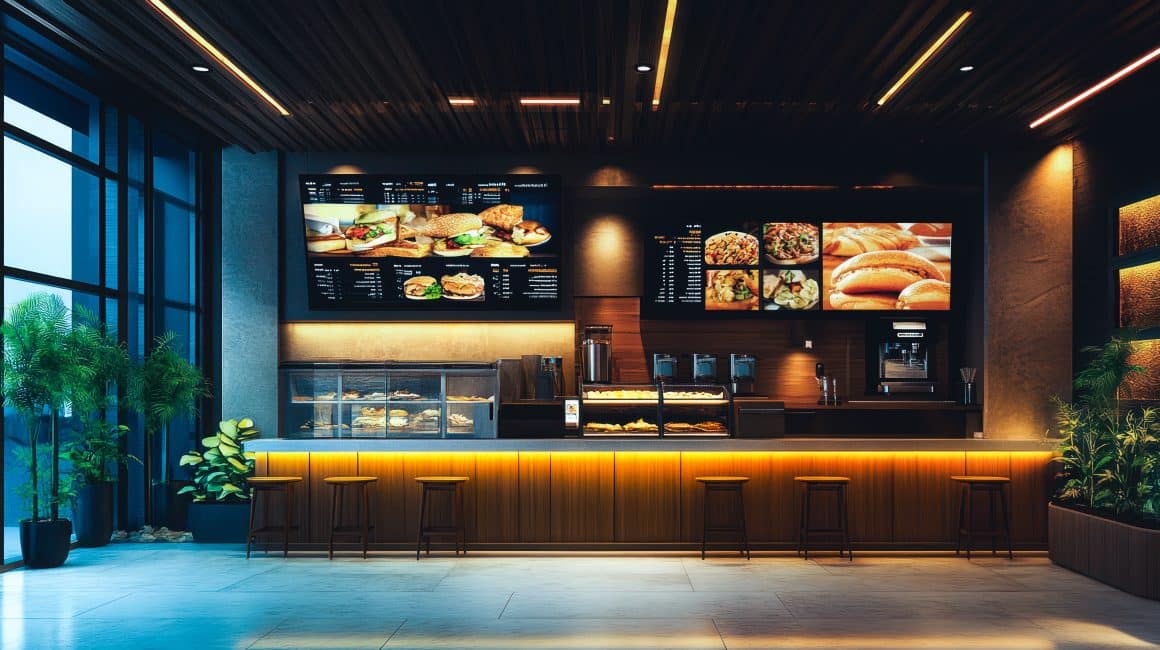Airline training in action
At the start of 2024, Japan Airlines (JAL) flight 517 collided with another plane and caught fire. The flight contained 367 passengers and 12 crew members. Every single person made it out of the blaze alive. And this is no miracle – it’s a direct result of rigorous and thorough training by the crew and the airline.
Using megaphones, the crew was able to facilitate a ‘textbook’ 90-second evacuation.
So, how was the crew able to stay so calm under such immense pressure? Because they knew the procedure like the back of their hand. JAL crew members complete mandatory and thorough evacuation and rescue training. The training is delivered in a multitude of ways, including exams, case study discussions and forums, and practical simulation training. This training must be completed before even setting foot on a commercial flight. The training is then completed every year.
The same can be said for the now-famous Hudson River landing in 2009. While there was some debate over whether the pilot made the right call in landing in the Hudson River, his extensive training and the extensive training of the cabin crew meant that everyone survived the ordeal.
Key takeaways
There are two things to note here. The first one is that the airline delivers this crucial, life-saving information in a range of ways. They can support the practical knowledge with written and auditory cues – catering to a wide range of common learning styles – hugely increasing the chance of that vital information being retained.
Secondly, the training must be repeated every year. With such high stakes, cabin crew can’t afford to have any lapse in knowledge or procedure. Repeating training over time has a significant impact on an individual’s ability to recall information and perform tasks.1
Preparing your teams for life-and-death
When you’re training in retail and hospitality, the chances of facing life-and-death situations probably aren’t as high as flying at 30,000 feet. But there are certain traits from airline training that we in L&D can apply to teams. They may not be evacuating an entire aircraft in 90 seconds, but when it comes to learning processes, company culture, sales, and even customer service, simulation training may be the secret recipe your organization has been looking for.
Process training
Particularly in organizations with multiple sites, simulation training can be an excellent way to centralize learning – giving your teams consistency. When you add game-based elements to simulation training, you have an opportunity to add an element of fun and competition to mandatory systems and processes training.
The ability to repeat modules and scenarios in simulation training allows teams to practice new processes and skills until they gain that kind of second-nature confidence that you see in airline cabin crew.
Sales training
Utilizing interactive virtual or augmented reality simulations allows your team to hone their sales skills in a completely unbiased way – something difficult to achieve in peer-led role plays.
If you can build a virtual world, replicating real-life scenarios your salespeople will face, they can start to get in the habit of identifying opportunities for up or cross-selling.
Customer service training
As well as understanding the processes and protocols expected of them in an emergency, airline crew also have to develop the soft skills required to relate to people and keep them calm and happy.
Interactive simulation training offers unique opportunities for teams to learn more about the nuance of customer service and how to balance good customer service practices with high amounts of pressure.
When you take a flight, you’re confident your pilot has flown and landed that plane 100 times. You have that confidence because you know your pilot has undergone that extensive training before they even set foot in a real aircraft.
Simulation training is your opportunity to instill that same level of confidence into your employees, regardless of your industry.





